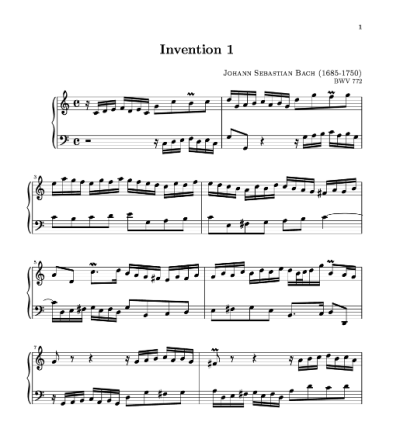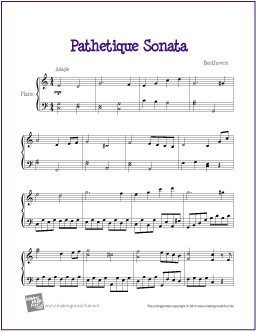You’d like to think that you can hand a piano book to your child and their life would be forever enriched from the experience you’ve just provided them.
Nope.
The truth is the day you sign up for piano lessons is that day the student, mom, and dad get committed to practicing. It’s the only way it really works. If you’re ready to take on the challenge, here are a few ideas to get you pointed in the right direction.
1) Ask Questions – Ask your teacher what your child should be doing that week at the end of every lesson. Ask for a demonstration if you don’t understand. Maybe even sit at the piano yourself and try things out.
2) Set a Practice Goal – I like to ask students to practice 20 minutes a day for 5 day each week. Some days get busy, so every day might not be realistic. Five days a week should be.
3) Flash Cards – Help drill note names and rhythms with flash cards. Not knowing the note names and rhythms can be the most challenging part of playing the piano in the beginning.
4) Suppliment – Look for great pieces to suppliment your child’s music book. This can often stimulate an interest in practicing.
5) Praise – Let your kids know how much you enjoy it when they play the piano. A little praise goes a long way!
_______________________________________________________________
Browse More Piano Sheet Music and Music Theory Posts:
Flash Frog™ | Music Flashcards for Beginners
Pirate Quest | Musical Terms Board Game (Digital Print)
Carnegie Hall Park (Matchbox Parking) | Music Theory Board Game
Free Beginner Piano Sheet Music/Level 2
Free Easy Piano Sheet Music/Level 3
Free Easy Piano Sheet Music/Level 4









You must be logged in to post a comment.